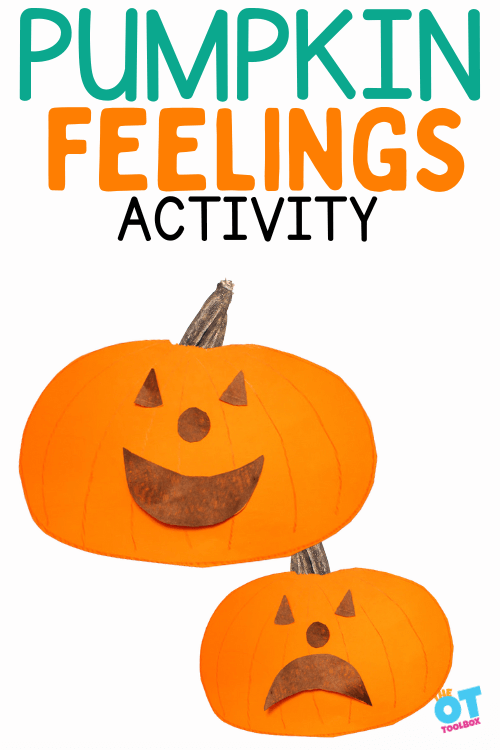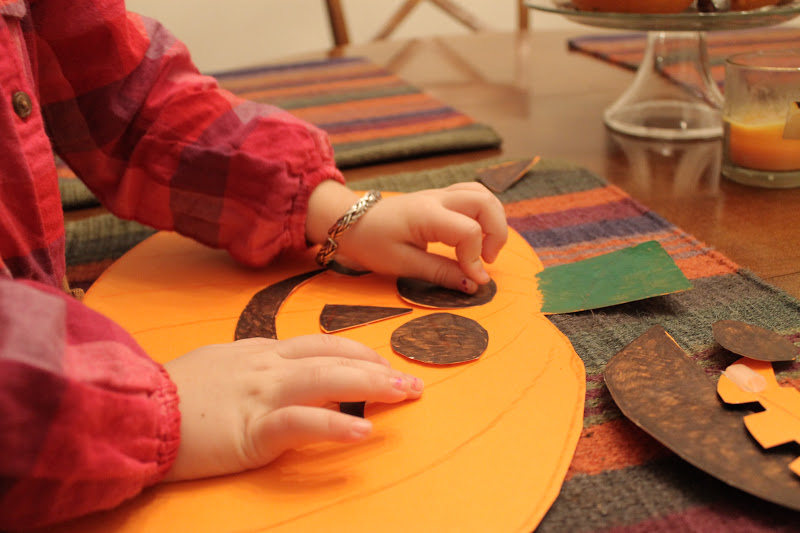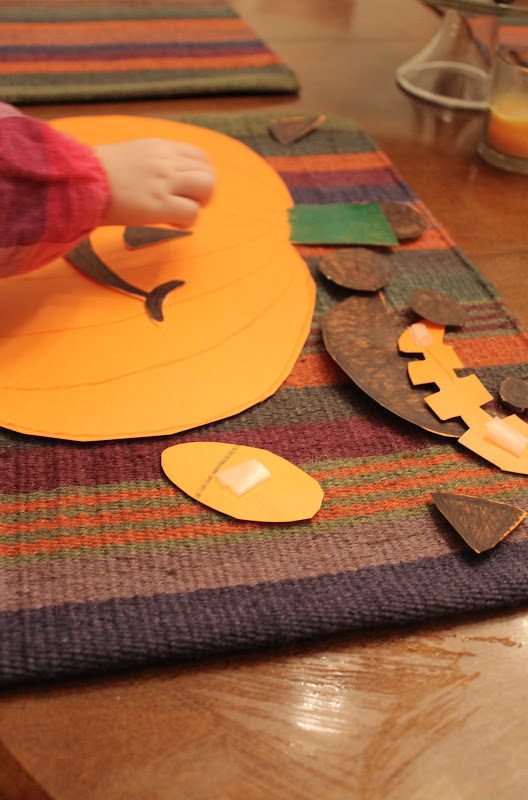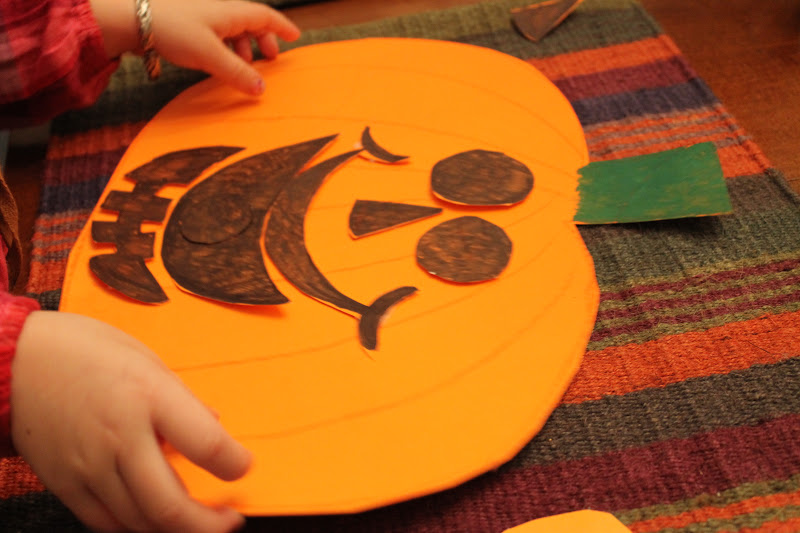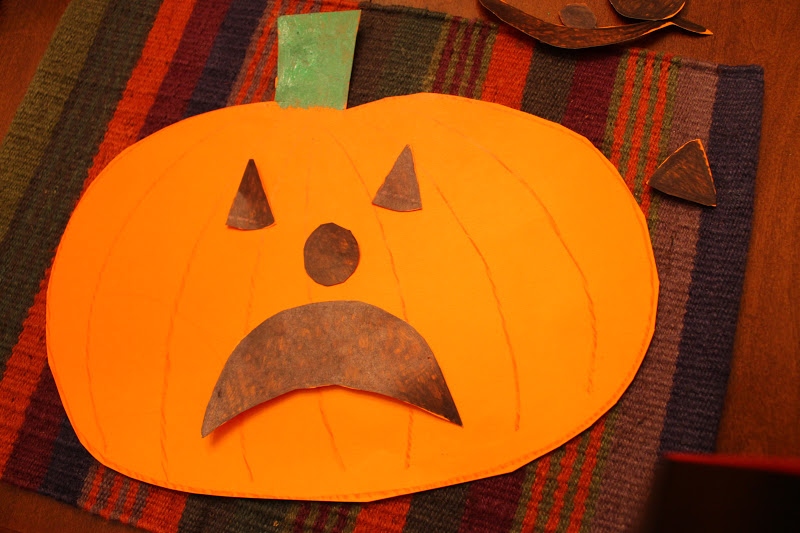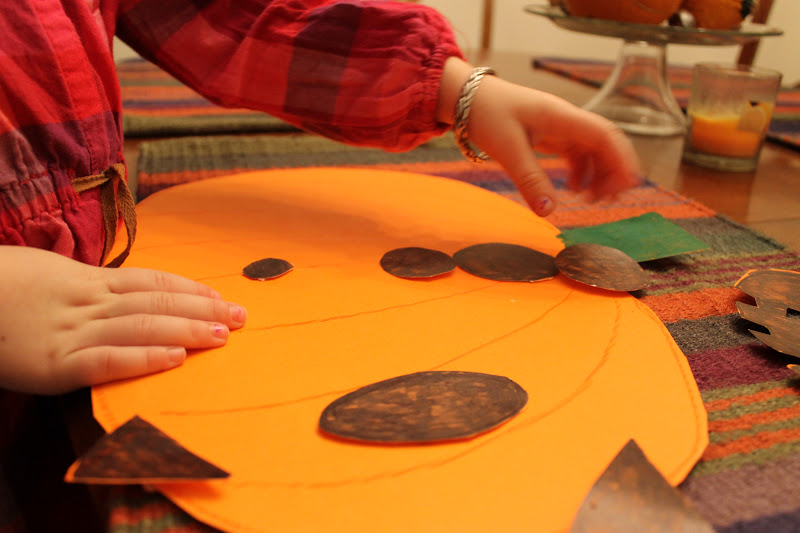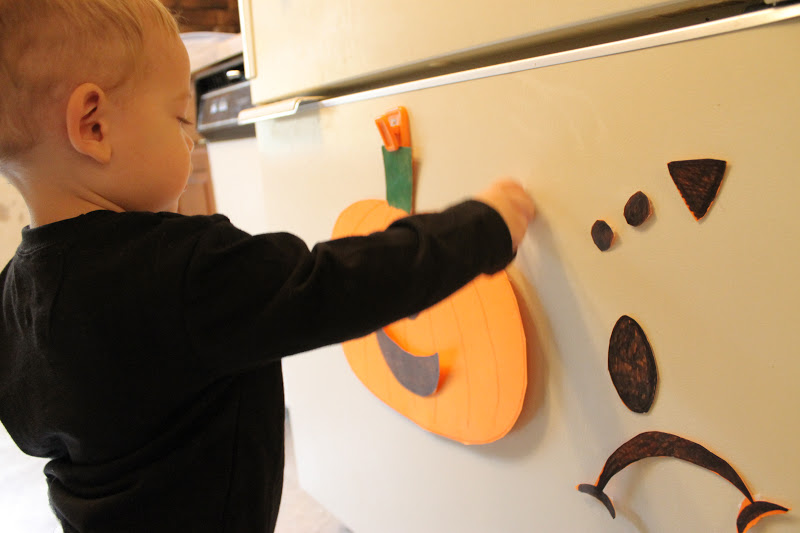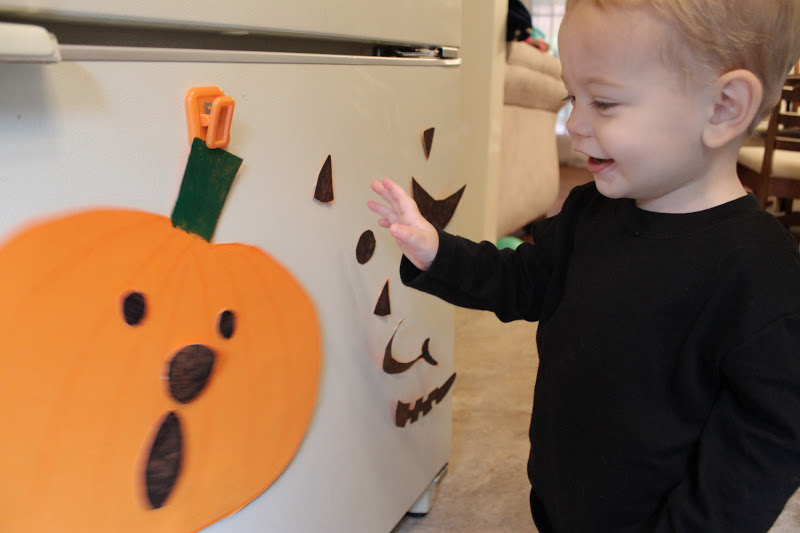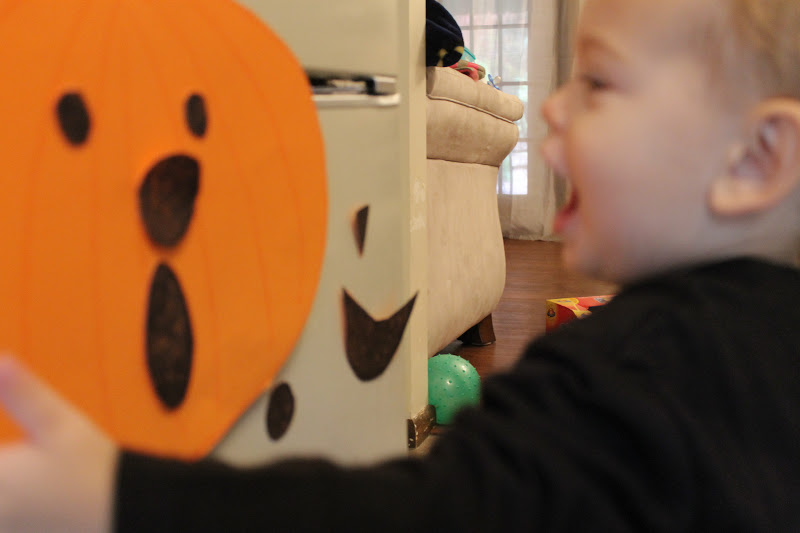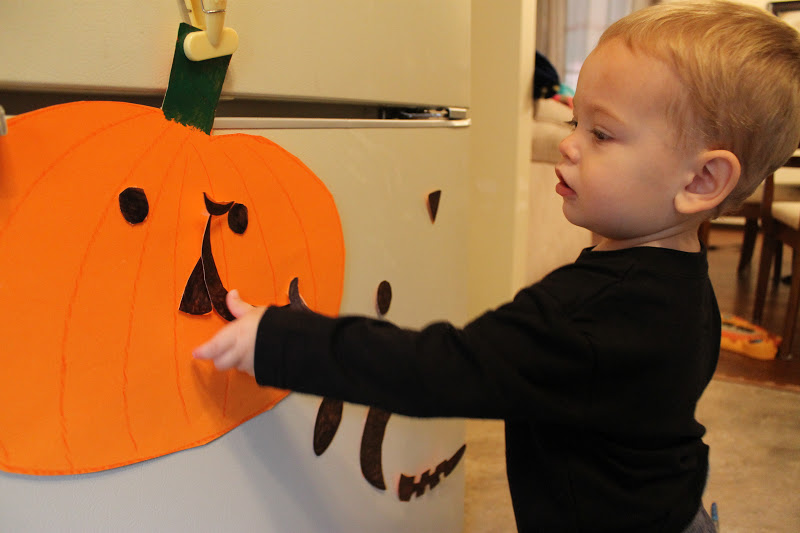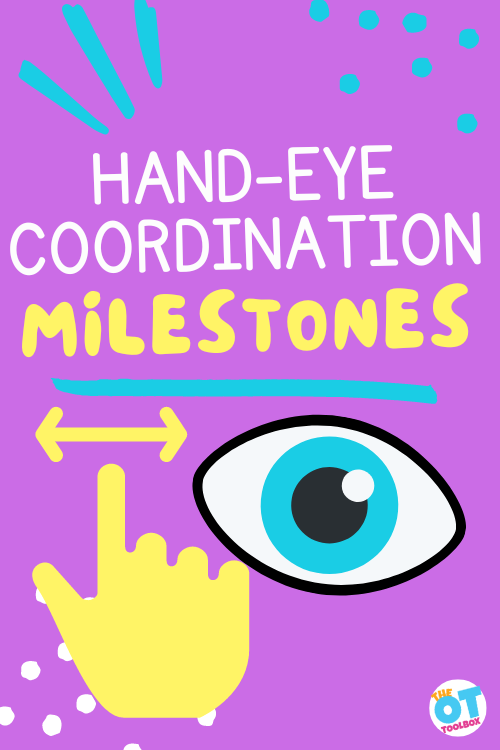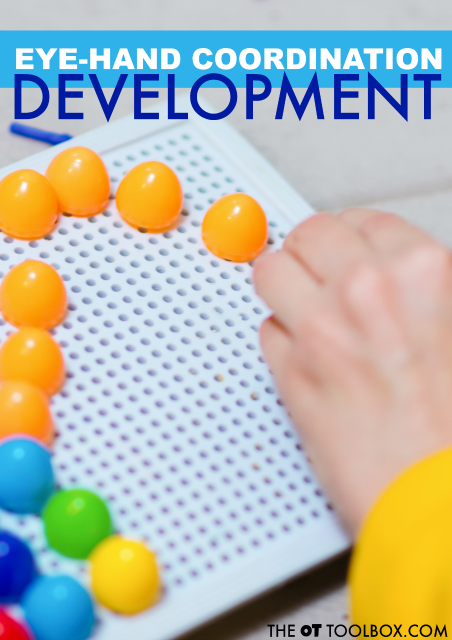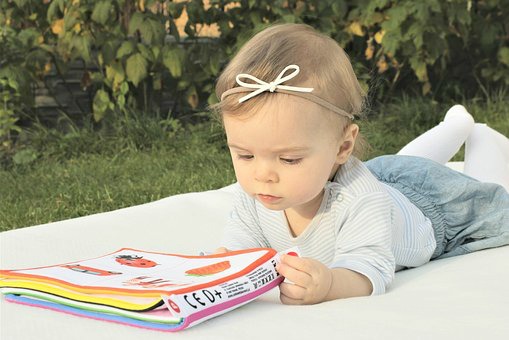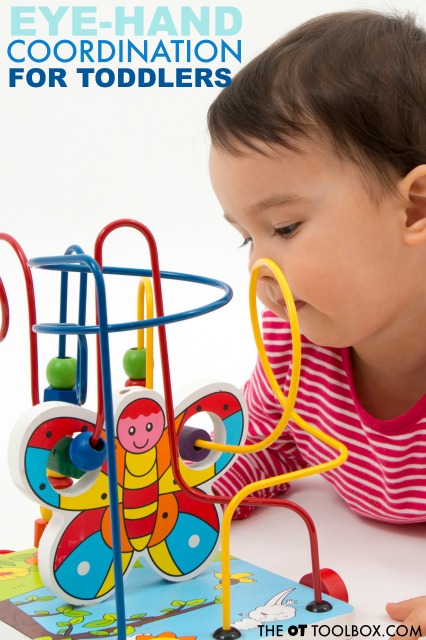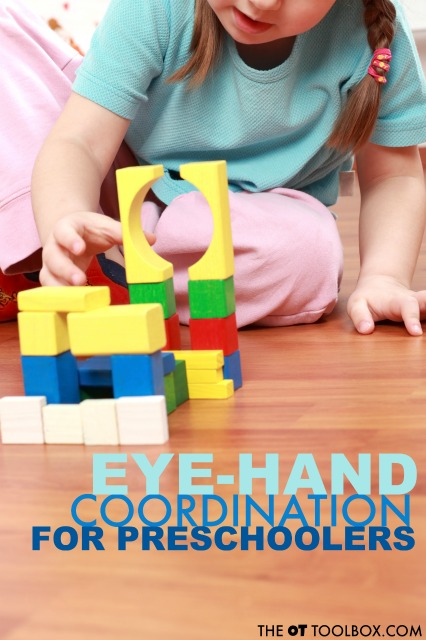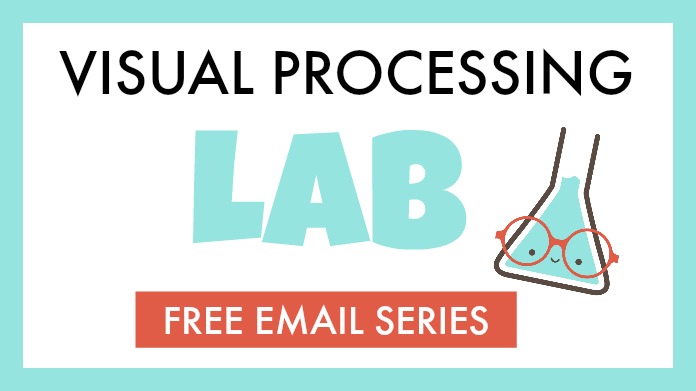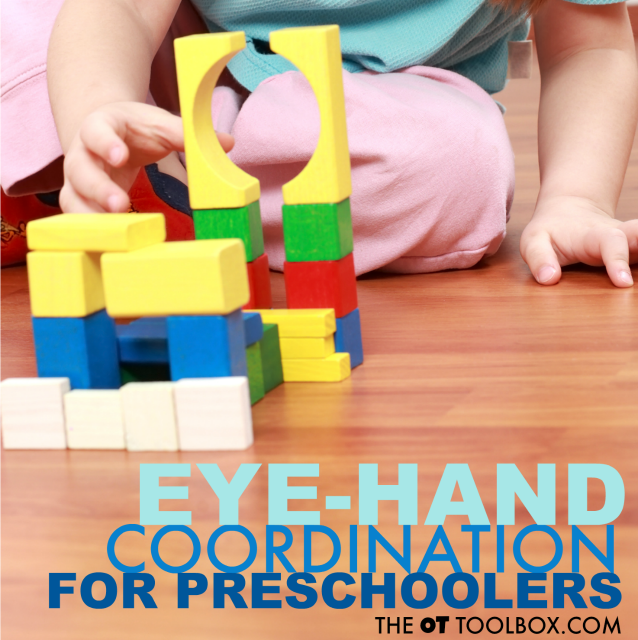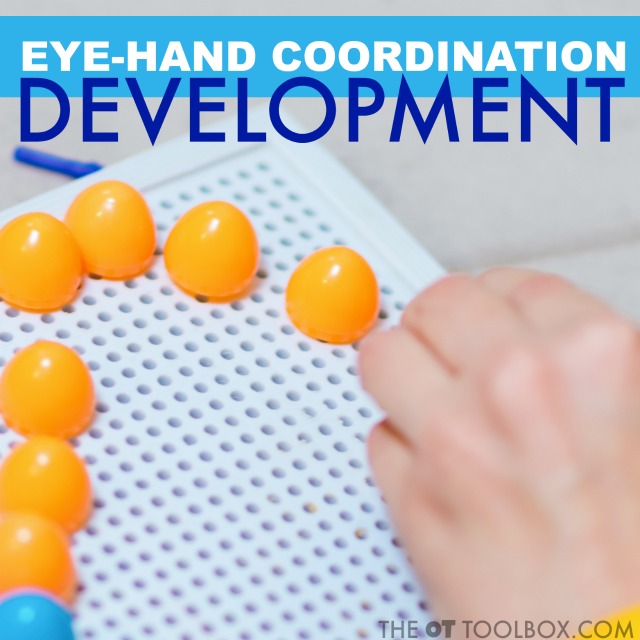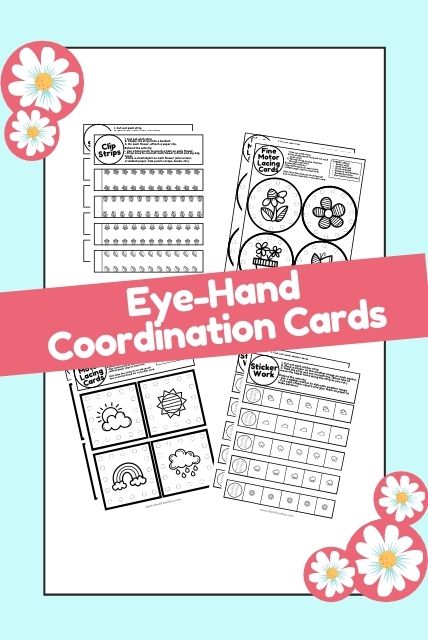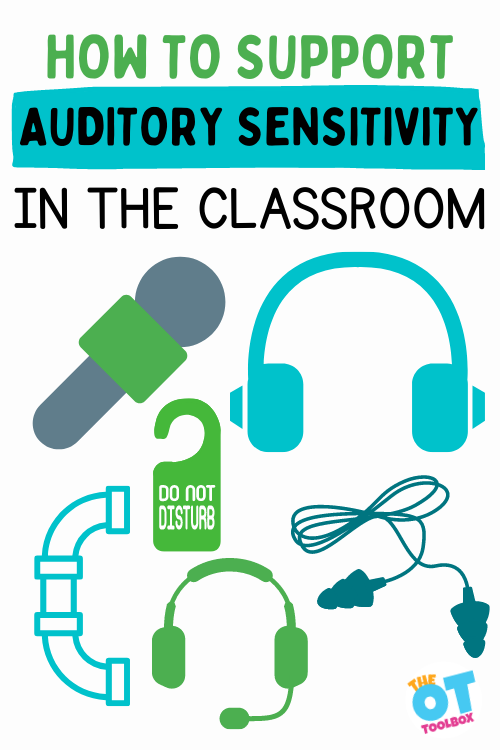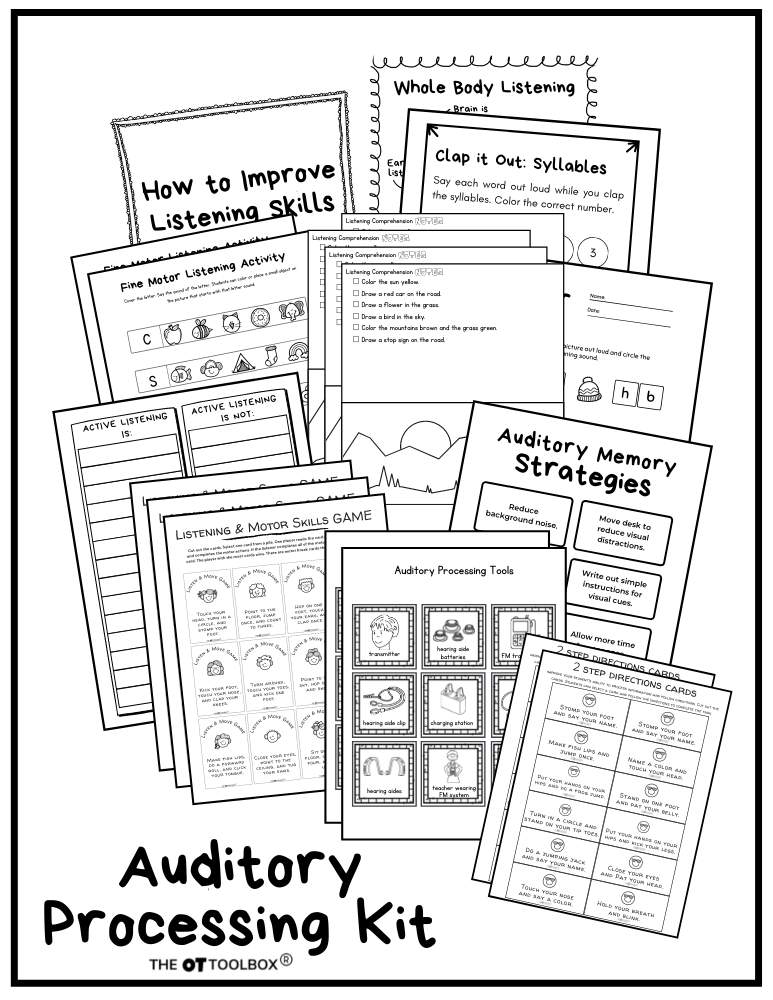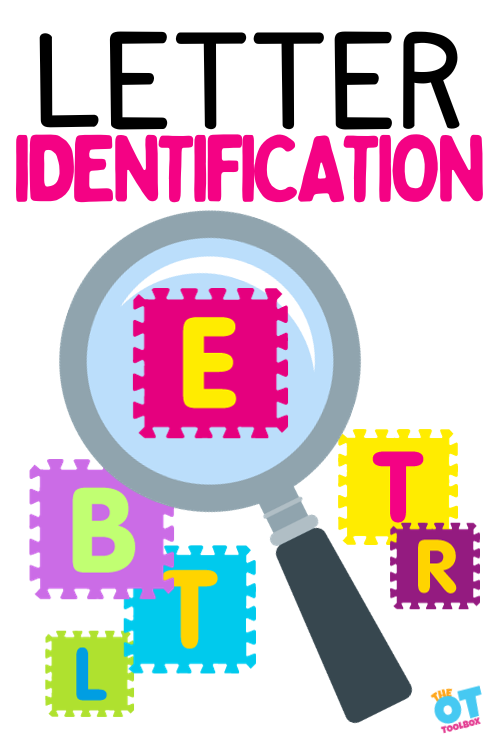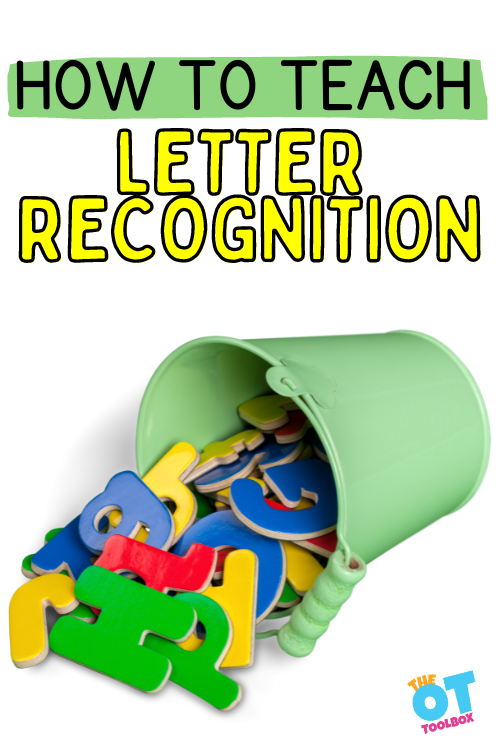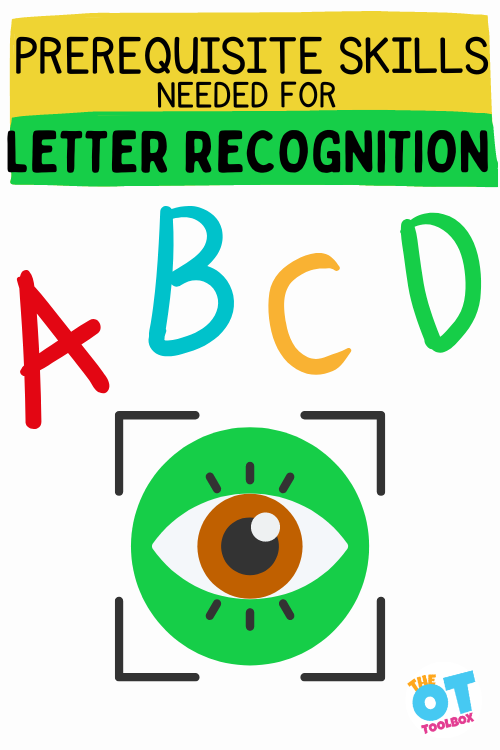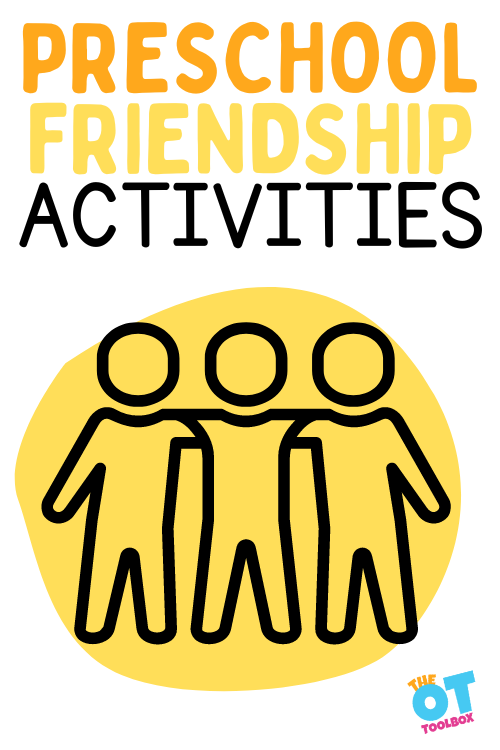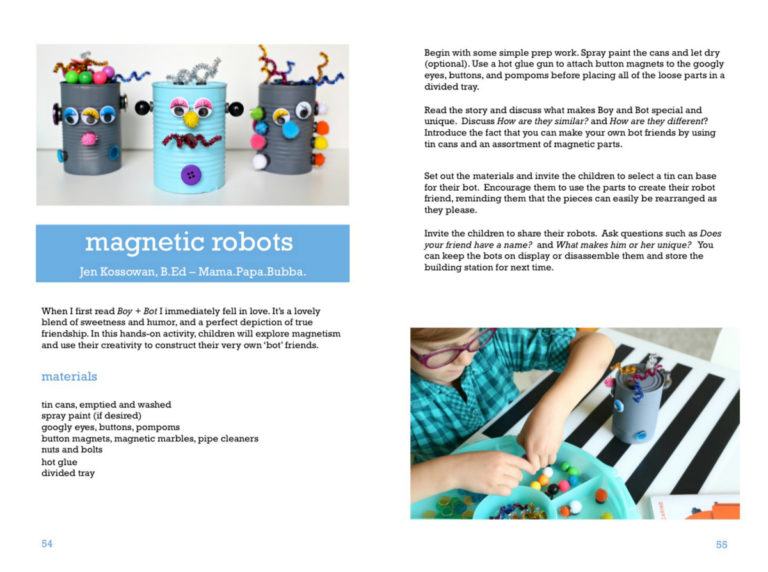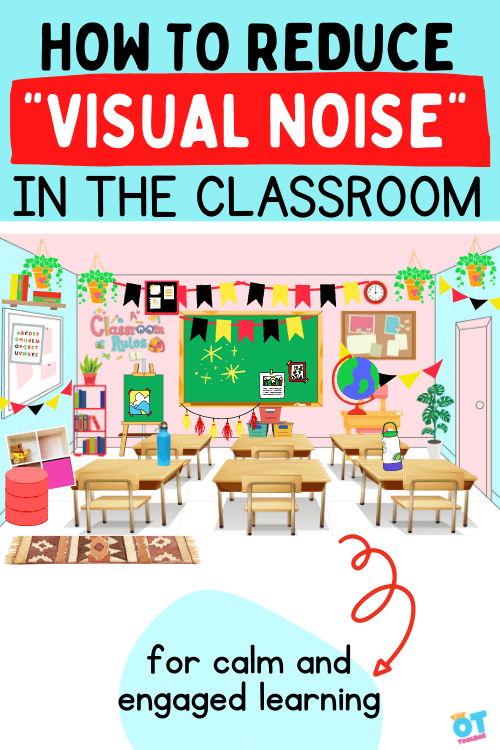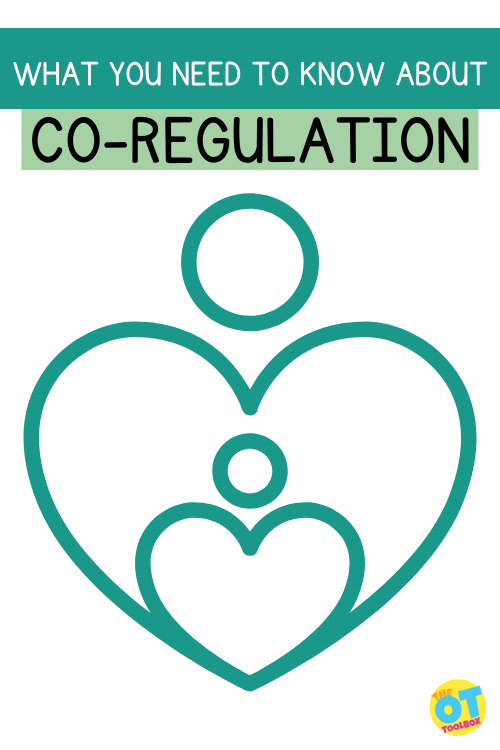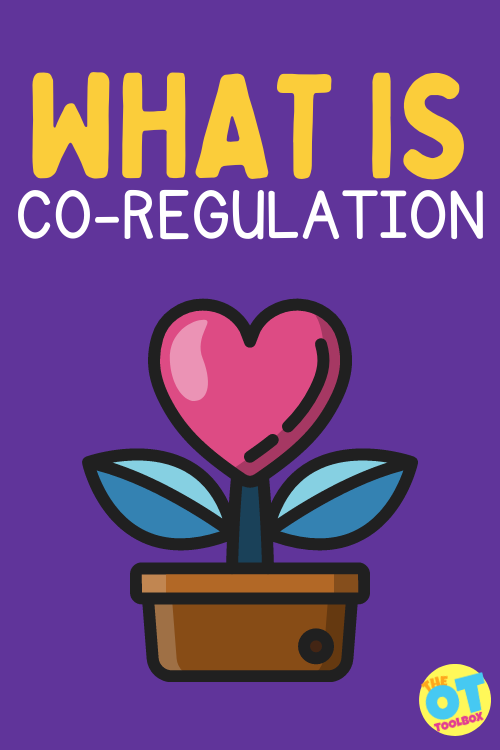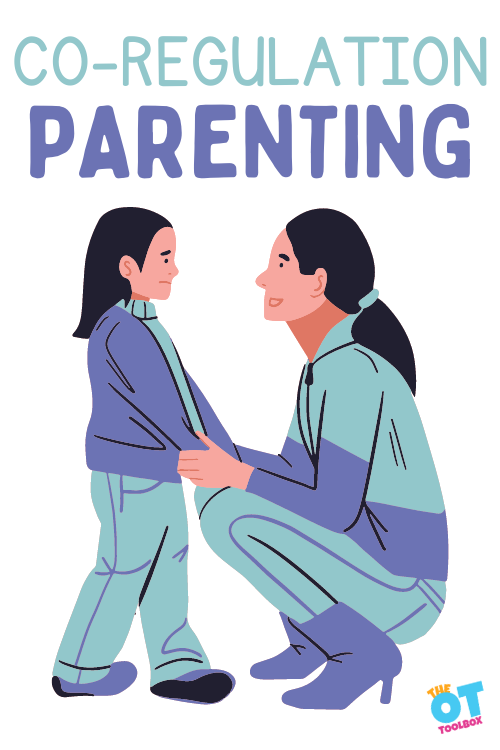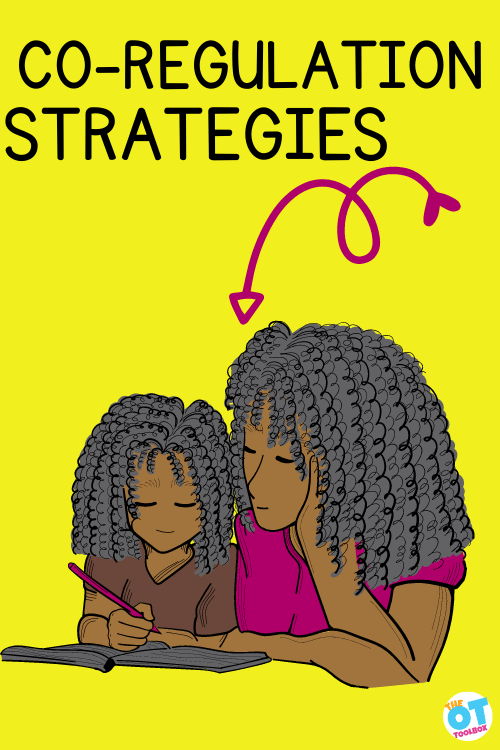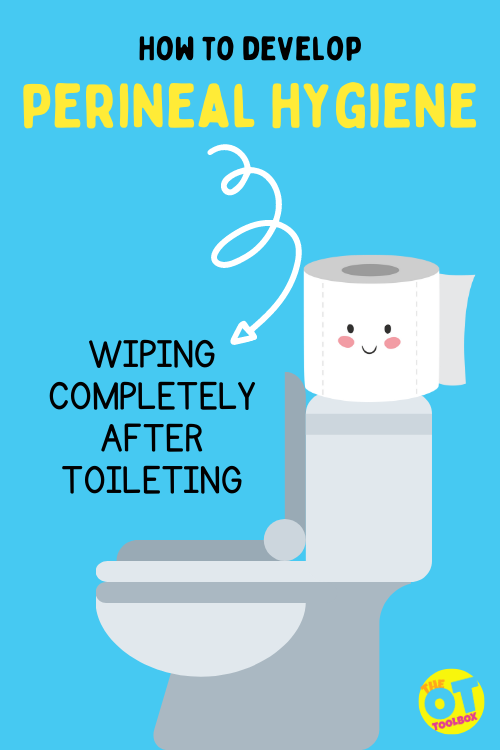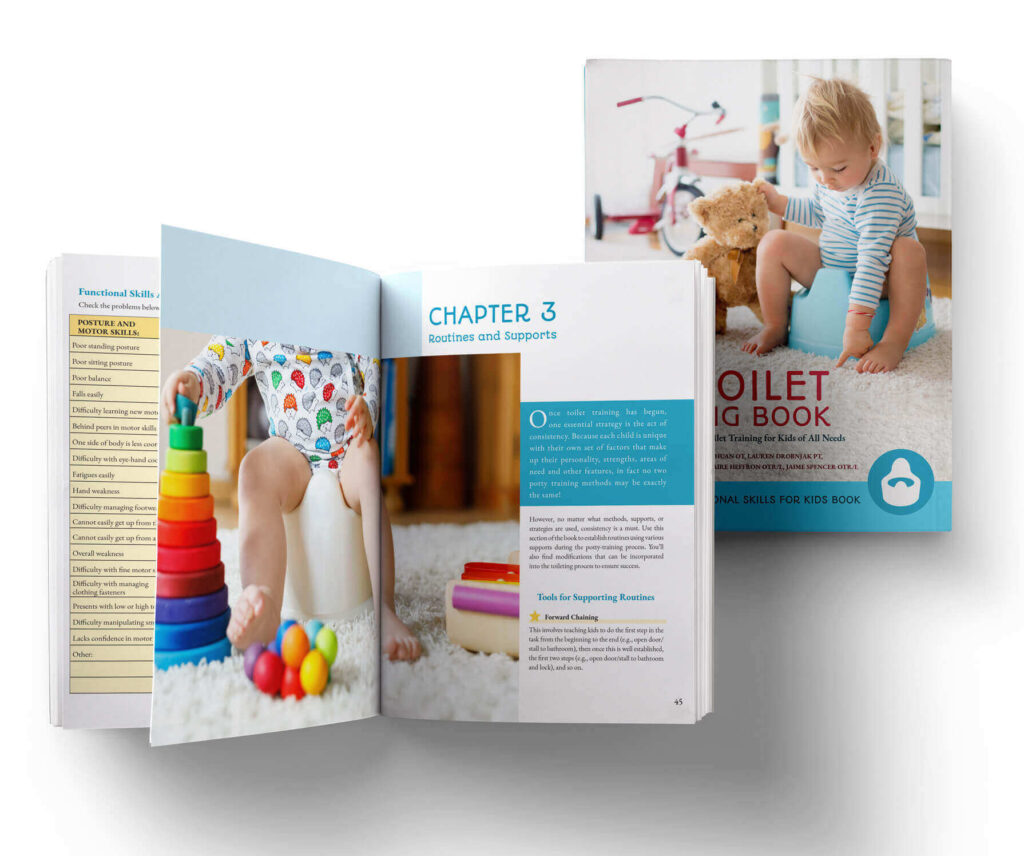Today, we have a couple of separation anxiety activities that can support kids who struggle with school drop off. Many times, kindergarten or preschool drop off is full of tears, especially those first few weeks of school. Here, you’ll find a great connection activity to help preschoolers and parents find a way to make preschool drop off easier by connecting through the book, Owl Babies. Use this Owl Babies activity to help with that preschool separation stage. This post shares movement based separation anxiety activities that can help kids who are experiencing separation anxiety in preschool drop off, with ideas based on the children’s book.
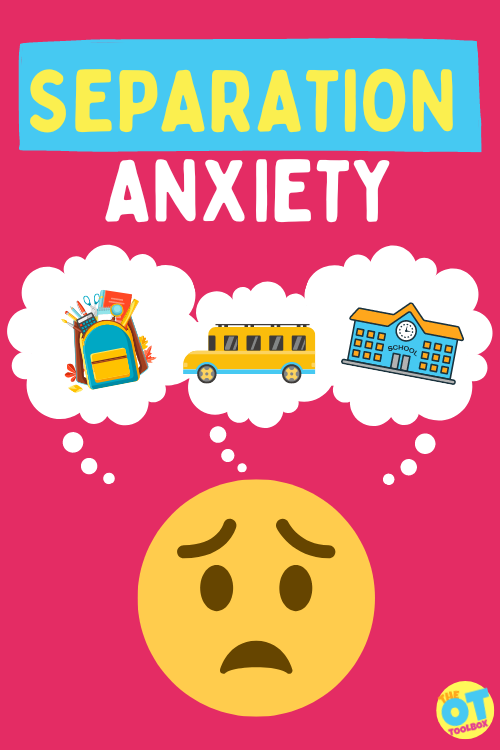
Separation anxiety can occur at various ages and stages, including toddler, preschool, kindergarten, and school-aged.
For example, in the toddler years, separation anxiety is quite common. However, if there is extreme separation anxiety, this might be a toddler behavior red flag or something to look into.
Separation Anxiety in Preschool or Kindergarten
Step into a preschool classroom on the first day of school and you will likely see a few tears here an there (possibly some of those tears coming from the parents dropping off their child for the first time!).
Separation anxiety in preschool age is normal! But here’s what you need to know about that visible preschool behavior that may be fueled by something besides getting used to leaving mom/dad/caregiver for the first time…and how to help with a simple preschool self-regulation strategy.
The movement-based, sensory activity we share below can actually be used with preschool through kindergarten:
- the 3 year old preschooler who is just being dropped off for the first time
- the 4 year old preschool student
- pre-k kids
- kindergarten students
- older, grade school students who are sad or upset on the first day of school
preschool anxiety
So, what is happening with preschool anxiety that causes tears, meltdowns, and clinging to mom or dad at the day care or preschool drop off?
You have probably seen it before:
Every Monday, Wednesday, and Friday, it’s time for preschool. The routine at home is the same: excitement, packing the bag, and gearing up for a day of learning colors, songs, preschool activities, and nursery rhymes. Getting into the car and driving to preschool is no problem.
But then you pull into the parking lot and the worries begin.
Tears, crying, clinging to Mom, negotiations, promises of seeing the little one in just 2 short hours.
Two minutes later, she is happy, playing with play dough, and dry of all nose drips.
It might even seem as if the preschool separation meltdown is just part of the morning routine.
As a momma of four, I’ve seen plenty of tear-filled drop-offs.
And it just never stops breaking your heart.
Separation anxiety is actually considered a normal process that occurs in early childhood, as a result of a maturing physical, cognitive, and emotional development. Specifically, the areas of development that lead to a period of separation anxiety in young children include:
- Visual processing system (visual memory, visual closure)
- Executive functioning skills (working memory)
- Self-regulation skills (connecting emotions with behaviors)
- Social-emotional maturation (emotional connections, attachment, and feeling safe with certain individuals)
Despite the normal development that results in fears, worries, or flat out meltdowns following or leading up to a period of separation, severe separation anxieties do have the potential to negatively impact a child’s social and emotional functioning and this is especially true when the young child then avoids certain places, activities, and experiences that are necessary for healthy development.
Separation Anxiety Disorder
Sometimes, the family, parents, or caregivers also avoid these places, experiences, and activities. This can lead to even more negative experiences. When the family supports avoiding certain places or situations because of the young child’s separation, we can have situations where separation anxiety “hangs around” longer than is part of typical development.
Officially, Separation Anxiety Disorder (SAD) is defined as “developmentally inappropriate and excessive anxiety concerning separation from home or from those to whom the individual is attached” (American Psychiatric Association, 2000). However, for the young child, separation angst does not mean a disorder is present. It is only when the anxiety levels are so severe that they are not appropriate for developmental age that the official diagnosis of Separation Anxiety Disorder should be investigated.
For those with severe symptoms, Separation Anxiety Disorder may result in school refusal and a disruption in educational attainment, refusal to attend doctor’s appointments, dentist visits, or other situations where a child is separated, no matter the physical distance, from the parent or caregiver.
What causes Separation Anxiety Disorder?
There are many developmental areas that enable to progression of separation anxiety in toddlers and preschoolers from levels of worry and age-appropriate anxiety at separation to an inefficient and “disorder” level of worry.
Studies show us that some of these considerations may include:
- Parenting behavior
- Low parental warmth
- Poor attachment
- Trauma to the parent during the baby’s young years (death in the family, environmental, or other big situation)
- Trauma to the child (Adverse childhood experiences, both large and small)
- Insecure or anxious attachment styles
- Diminished sense of control over one’s environment
- Overprotective and over involved parenting behaviors
- Parental intrusiveness- including extreme decision making on the part of the parent
- Parental intrusiveness- including providing excessive assistance in the child’s daily activities (beyond age-appropriate ability)
Common signs of separation anxiety in kids
The natural and developmental stage of separation anxiety occurs from around age 6 months when the baby is able to notice that something is missing from their field of vision. This skill requires development of several areas:
- Visual perception
- Attention
- Working memory (executive function)
- Sensory motor
Separation anxiety typically continues from around 6 months of age to about 5 years of age, however signs of separation anxiety can persist after age 5 and through age 6.
However, the cognitive and emotional development that occurs during this age allows for kindergarten and younger elementary aged individuals to separate from their loved ones and know that they will be there even when the are not in view.
Once the underlying areas noted above develop (around 6 months of age), you may see some common signs of separation anxiety:
- Crying when the parent leaves the room or home
- Upset and crying when a babysitter or caregiver comes into view
- Tantrums
- Avoidance behaviors (refusing to participate in activities that require separation)
- Clinging to parents
- Refuse to attend certain situations
- Apprehension about harm coming to parents
- Fears the parent will leave and not return
- Running from the classroom/school bus/appointment setting
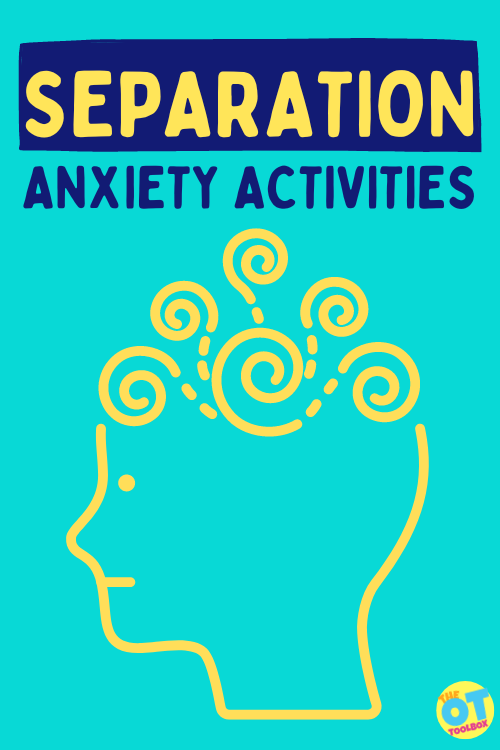
Today, I’m sharing a simple trick for helping kids with separation anxiety at kindergarten, preschool, or other drop-off situations like day care, a caregiver’s home, nursery school, or a church Sunday school room. These separation anxiety strategies can be addressed in occupational therapy sessions, used in cognitive therapy, or simply trialed at home or at school.
Each of the separation anxiety activities listed below may be helpful in any situation where there is anxiety and stress as a result of separation from a parent or caregiver.
separation anxiety activities
One tool that can support separation anxiety in the classroom is starting each day with a feelings check in. This can help to get a handle on how emotions are impacting behaviors.
This post contains affiliate links.
Social Stories- Use social stories to create a visual narrative about how drop offs go and that parents will be back to get the child. Social stories can offer a verbal narrative for the child to use during these situations. Some of our social stories include:
Self-Regulation Strategies- Practice the regulation tools that support the individual’s emotional status with self-regulation strategies. Select a set of calming or heavy work strategies that can be used in preparation for the separation situation, whether that be using at the school bus stop (like this deep breathing school bus exercise) or while driving into school. Having those set of strategies readily available and discussing how the child feels will go a long way.
Movement-based separation activity – One fun way to work on separation anxiety in preschoolers that becomes part of the routine…here we are talking about the preschooler or kindergarten aged child that cries, clings to Mom or Dad, but then warms up to the classroom activities.
Practice routines- Do the same thing every day during the week in preparation for school, including bed times, morning routines, and transportation routines. These visual schedules can help with some individuals.
Wearable Charm- Another similar strategy is to create a DIY separation anxiety charm. Kids can make this along with the family adding heavy work through the hands. then, wear the charm to know that parents and caregivers still love and miss them even when not in view.
Get enough sleep– Practicing good sleep hygiene is important for the child as well as the parent or caregiver. This has an impact on behavioral response and self-regulation. Read a related blog post on supporting newborns not sleeping as sleep in young ones in the home can impact sibling and parent sleep.
Books about Separation- The activity listed below uses the book Owl Babies. But we added a heavy work goodbye sign that parents and children can use at school drop offs to ease separation anxiety. Or, this activity could work for kids that struggle with the transition to the classroom, because they are missing Mom and Dad or other caregiver.
Use the book, Owl Babies by Martin Waddell!
Use a magic number- In some cases, it can be hard for children to separate for even a very short period of time, and even in an environment such as the home. One strategy is the magic number technique. In this activity, the child and parent/caregiver can practice away time for short periods of time. Select a “magic number”. Then, move away from each other by going into a different room of the house. Use a timer or a watch to count up to that magic number. Try increasing the magic number up by a few minutes at a time until it’s less difficult to spend time apart.
Create a plan- Having a plan or set of coping strategies prepared for time apart can help. For the kindergarten separation anxiety issues, maybe looking at a picture of the family that is stashed inside a pencil box would help. For another student in kindergarten, maybe touching a special keychain attached to the shoe or belt loop would work. Having this plan prepared before heading into the kindergarten room or daycare setting is key.
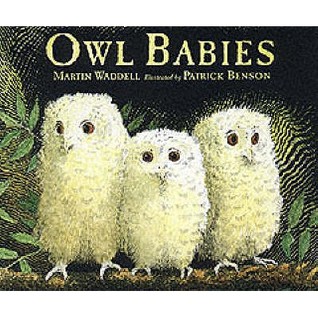
Owl Babies Activity
We read the book, Owl Babies (affiliate link- As an Amazon Influencer, I earn from qualifying purchases) and fell in love.
The sweet little Owl Babies in the book wake up from a nap to find their mother gone from the nest. The owl siblings go through a series of concerns and thoughts about where their mom might be with a little almost-tears.
My older kids thought the book was pretty awesome and decided that each of the owl babies in the book were one of the girls in our family. There were a few similar personality traits that aligned with the owls in the book and the sisters in our house.
The idea of knowing that mom comes back when she leaves is a lesson we’re going through at Sunday School each week and one that happens so often with kids. Just like the Owl Babies (affiliate link), it can be hard to stay calm and not worry when mom goes away.
We decided to come up with an owl themed movement activity that kids could do when they are feeling anxious after leaving mom or dad.
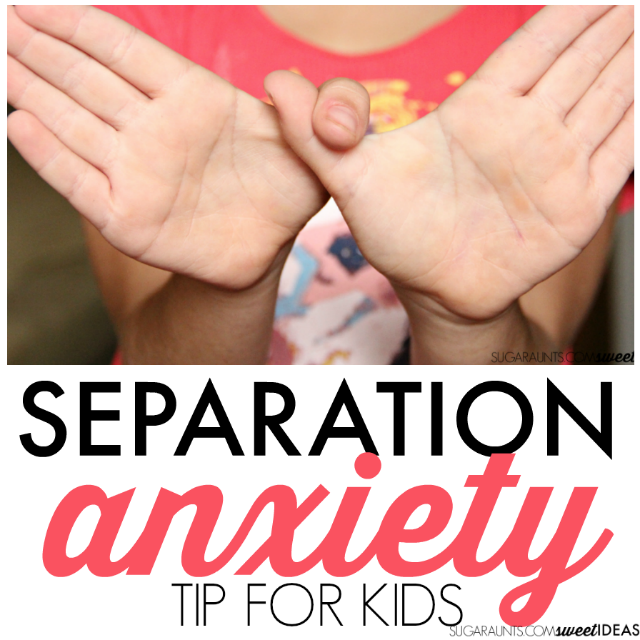
School Drop Off Anxiety
This activity would be perfect for preschool kids or kindergarten students who are experiencing separation anxiety at the start of school or in a new classroom situation. For kids that cry at school drop off, or really struggle with missing Mom or Dad, this school drop off anxiety activity can help.
To do the activity, first read Owl Babies (affiliate link) together. Then, talk about how the owls in the book must feel when they see their mother has gone out of the nest. Finally, talk about how when the mom or dad in your family has to go away for a little while, they always come back and that they are thinking of the little one in your home while they are gone.
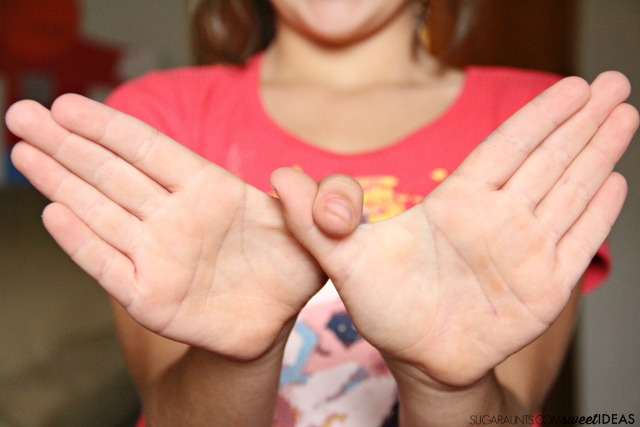
One easy way to help with separation anxiety is to come up with a hand signal. We decided that making a bird wing sign would be a lot like an owl in flight. Hook your thumbs together and spread your fingers out to create the wings of an owl.
Then, wrap both hands around your thumbs to create a little owl baby of your own. Now, squeeze your hands tight to give them a hug. Your child can do this motion when the are feeling sad or nervous at school. Tell them to think about the owl babies in the book (affiliate link) and how they felt when their mom came back.
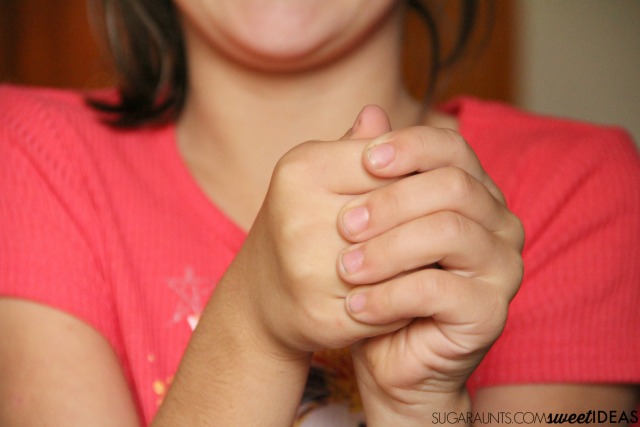
Squeezing the hands tightly can provide a bit of proprioceptive input that is calming in a stressful situation like the preschool drop-off. A simple hand hug might be just the thing that can help! It’s a self regulation activity that supports the whole body as a mechanism to address emotional regulation needs that show up as crying, clinging, and bolting “behaviors”.
Then, when you pick up your little baby, be sure to swoop them up in a big hug!
This activity would work with preschoolers who are a little older than my two year old. She really enjoyed the book, Owl Babies (affiliate link), though and we have read it again and again!
Let me know how this tip to help with separation anxiety works with your preschooler!
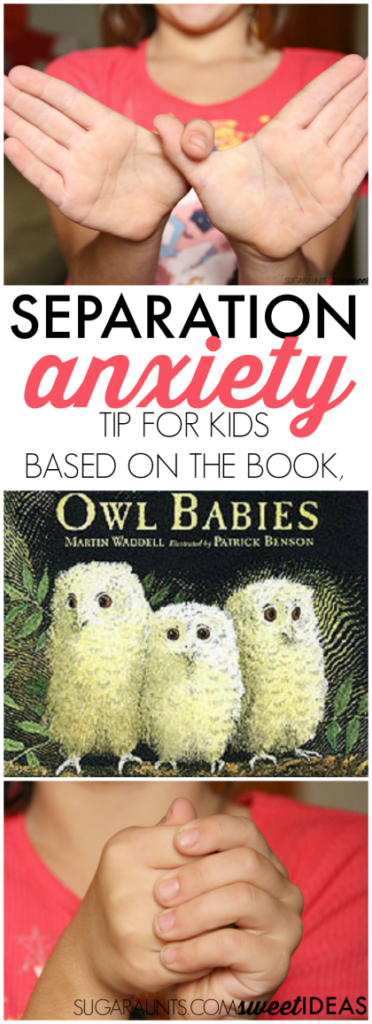
This Owl Babies activity is a fun and interactive book for kids of all ages!
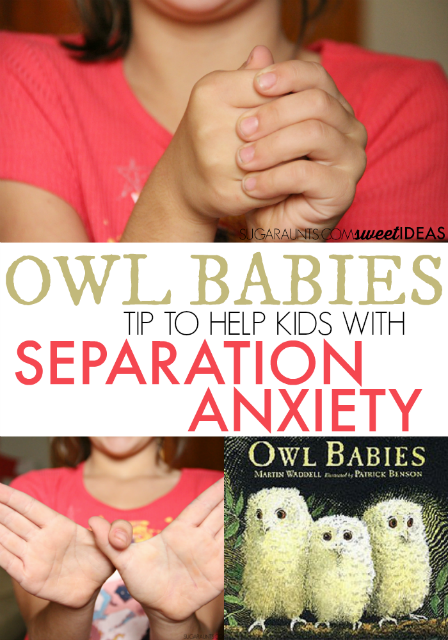
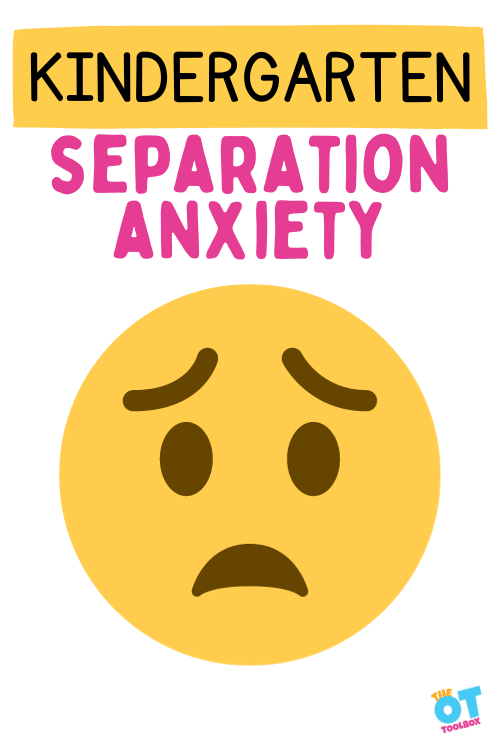
Let’s go a bit further with kindergarten separation anxiety and how to support this need.
Kindergarten Separation Anxiety
One thing about kindergarten separation anxiety is that it may not rear it’s head until after school has started. Typically (in many cases, not all cases), young children and parents are very excited for their little ones to head off to kindergarten. There are a lot of new things to experience as a new kindergartener!
However, one new consideration may end up being a case of worries and anxieties after the school year has begun!
What’s going on here?
At the start of a school year, after school has been in session for a few days or weeks, things start to get old, quick. The young child has to wake up early every day. They have to spend 8 or more hours in school, paying attention, and on high alert, every day, Monday through Friday. There are new routines, new peers, new rules, new learning, new transportation, and they can be on high alert all day.
Sometimes we see kindergarten students who experience a separation anxiety from their parents or guardians as a result. This involves stress and worries that might be brought up during the night, before bed, before school, at school, or even during slow times at home.
The kindergarten child who is attached to their special parent, guardian, sibling, etc. are now spending many hours away from their person, people, and routines.
Kindergarten separation anxiety may include fears as well:
- they are going to miss out on something at home
- their special person will become sick or have an accident while they are not together
- they, the kindergartener, may worry that they will become sick, lost, or hurt while away at school
- they may worry that they will become lost in the school or on the way to school
Some things that we see with kindergarten separation anxiety may include:
- Outbursts at home before school
- Refusing to get ready for school
- Outbursts or meltdowns before bed or on Sunday night
- Refusing to go to school
- Refusing to go on the bus
- Refusing to sleep alone
- Being afraid or fearful when they weren’t before
- Refusing to do things they used to like to do like playing with friends
- Refusing to leave the home or be away from their parent/guardian
- Feelings of intense fear or helplessness
- Agitated behavior
- Anxiety that presents as crying, tantrums, shrinking away, or running away from unfamiliar people or situations
- Excessive fear about other situations
- Trouble falling asleep or staying asleep
- Reverting to younger habits such as sucking their thumb or talking in a “baby voice”
- Restlessness
- Trouble concentrating or paying attention
- Worry during other times of day or night
There may be other things going on too. With the kindergarten age, it might be hard for the child to express all that they are experiencing. We can however, support separation anxiety in kindergarten students.
How to support Kindergarten Separation Anxiety
One of the most important ways to help a kindergarten student who is experiencing separation anxiety is by giving them words for what they are experiencing.
- Talk about separation anxiety- It’s important for the child to realize and understand that we all have worries and anxiety. We all experience stress at some point or another. We can come up with tools to support and work on these worries, however, so they don’t become all that we think about. What we don’t want is for the worries to prevent participation in all of the fun activities that comes along with kindergarten!
- Give words to the feelings that the child is feeling. This involves interoception (the sensory system that allows us to recognize internal sensations). One of these aspects is headaches that come because of worries or anxiety. Other feelings might be rapid heartbeat, stomach ache, dry mouth, sweating, cold hands, tingly fingers, etc.
- Read books about separation anxiety in kindergarten. There are a lot of great books out there about kindergarten separation anxiety in particular. That tells us that this is a very common issue!
- Some of our favorites include: (Amazon affiliate links below)
- Focus on Kindergarten Friendships- One of the fun things about kindergarten is meeting new friends. But being worried and over-thinking might mean that there is less time to talk to friends and do all of the fun kindergarten things! Try helping your kindgergartener to focus on friends when they are feeling very anxious about going to school.
- Enlist a friend to help walk them to the classroom
- Have a buddy to get started during the day
- Check in with a friend when they feel the worries
- Create a social support system with a small group of friends by having playgroups on the weekends or after school.
- Use a few friendship activities to build awareness and understanding
- Make a Clock- Using paper, make or draw a clock with the time that the child will reunite with their adult. This visual cue can help them to see that they will return to their loved ones. Include “grace” time for a window of time to allow for the school bus, traffic, etc. Plus this is a good clock activity too!
Separation Anxiety Occupational Therapy
Just like in kindergarten, sometimes we see clients that are worried or anxious about coming into the occupational therapy space. This might especially be the case for the new child experiencing OT for the first time. For parents to better know what to expect in OT sessions, read our getting started with occupational therapy blog post.
Using some of the same strategies listed above and under kindergarten separation anxiety can support these kiddos so they can participate in therapy. Separation anxiety may need work with a child psychologist, however occupational therapy can support families and the team using meaningful and motivating strategies as well as tools that enable the individual to participate in daily functional tasks.
Other separation anxiety OT tips include:
- Work to establish a secure relationship to the teacher/therapy provider/classroom support staff/peers with the aim of reducing dependence on parents or guardians in the school environment over time
- Use a timer
- Use a visual schedule
- Allow choices in therapy sessions
- Work together on common goals
- Make therapy fun and engaging with therapy themes
- Create a social story on being away from loved ones for short periods of time
- Educate parents and educators on the limbic system and the possibility of the child being in a fight or flight state as well as tools to support the child in this manner
- Educate and provide interventions on interoception and support the child with tools to slow a fast heart rate, etc.
- Educate on emotional regulation along with emotional regulation strategies such as the Zones of Regulation®, the Alert Program® (How Does Your Engine Run)
- Trial child-led strategies such as DIR Floortime
- Inquire about the child’s sleep hygiene and support the family in this way
- Support the child and the family in any trauma related considerations
- Explore a sensory diet for potential needs
- Support the child and the family as a unit with education on co-regulation
Occupational therapy empowers individuals with meaningful and motivating tasks. When separation worries interfere with the things that matter most to the child, we see the intersection with occupational therapy.

Colleen Beck, OTR/L has been an occupational therapist since 2000, working in school-based, hand therapy, outpatient peds, EI, and SNF. Colleen created The OT Toolbox to inspire therapists, teachers, and parents with easy and fun tools to help children thrive. Read her story about going from an OT making $3/hour (after paying for kids’ childcare) to a full-time OT resource creator for millions of readers. Want to collaborate? Send an email to contact@theottoolbox.com.


